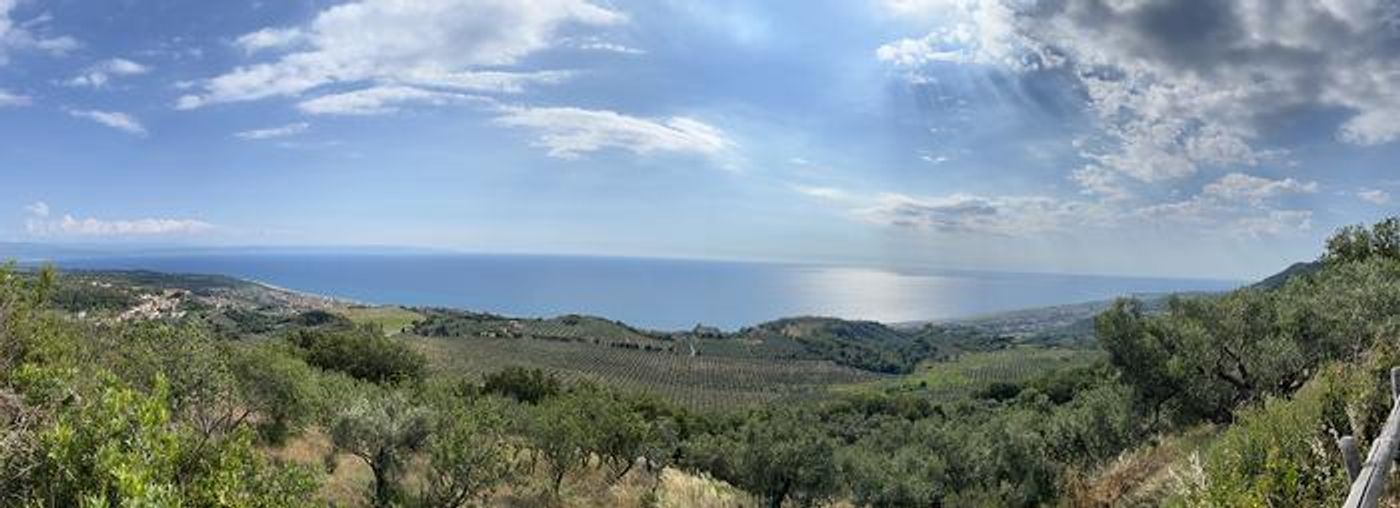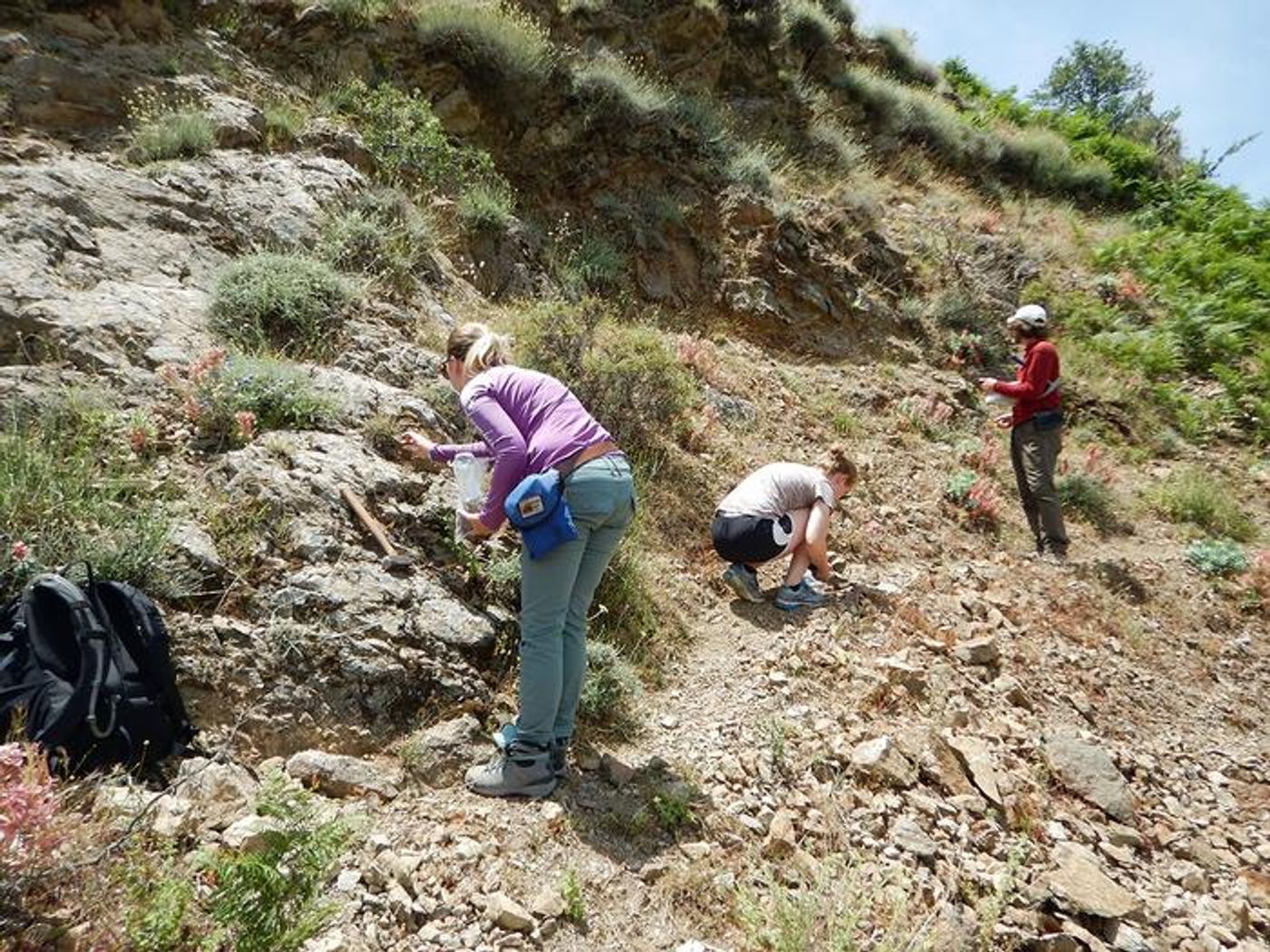Earth's Mountain-Building Processes Might Differ from Previous Hypotheses
The mountains on Earth are some of the most awe-inspiring features on our small, blue planet, ranging in size from small buildings to entire cities. These geological wonders are often formed from the forces of plate tectonics known as convergent boundaries. One type is where two plates smash into each other, known as a continental collision, or one plate sliding underneath another plate, known as a subduction zone.
While these processes begin deep within the Earth, a recent study published in Nature Geoscience examines how the examination of one such mountain range brings into question previous notions of mountain-building processes.
"Mountain building is a fundamental process of how Earth behaves,” said Dr. Sean Gallen, who is an assistant professor of geosciences at Colorado State University, and lead author of the study, “and this study suggests that we may not understand that as well as we thought we did.”
For the study, the researchers produced what is referred to as a “geologic tape recorder” at a subduction zone in the mountains of Calabria located in southern Italy. This recorder consisted of data measurements spanning thousands and millions of years, which allowed the researchers to look back in time and examine the geologic history of Calabria. In the end, the researchers were surprised by what they discovered.
View from the Calabrian mountain landscape that was examined for the study with a marine terrace (flat area) in the foreground and the Tyrrhenian Sea in the background. (Credit: Sean Gallen)
View from the Calabrian mountain landscape that was examined for the study with the Ionian Sea in the background. (Credit: Sean Gallen)
Colorado State University graduate students collecting bedrock samples for thermochronology in Calabria, Italy. (Credit: Sean Gallen)
"The results suggest that the typical way we view mountain building doesn't hold for southern Italy,” said Dr. Gallen. “It appears to be controlled by things that are much deeper within the Earth system. This behavior has been seen in models but never in nature. This is the first time we think we've observed it.”
Subduction zones often result in both crumpling and thickening of the Earth’s crust, which leads to rock uplift, e.g., mountains. However, the researchers discovered that a more influential process was at work that occurs in the Earth’s mantle, which is far deeper inside our planet.
Dr. Gallen advises that further research is required to ensure their interpretation of the data is correct. Previous studies have linked mountain-building with mantle activity, this study is the first to identify the mantle allegedly being the driving force behind the mountain-building.
While further research is undoubtedly required, the methods derived from this study allow researchers new abilities in building long-term histories of rock uplift.
What new discoveries will scientists make about mountain-building and the processes behind them? Only time will tell, and this is why we science!
Sources: Geology.com, Nature Geoscience, Colorado State University, Tumblr, National Geographic
As always, keep doing science & keep looking up!











